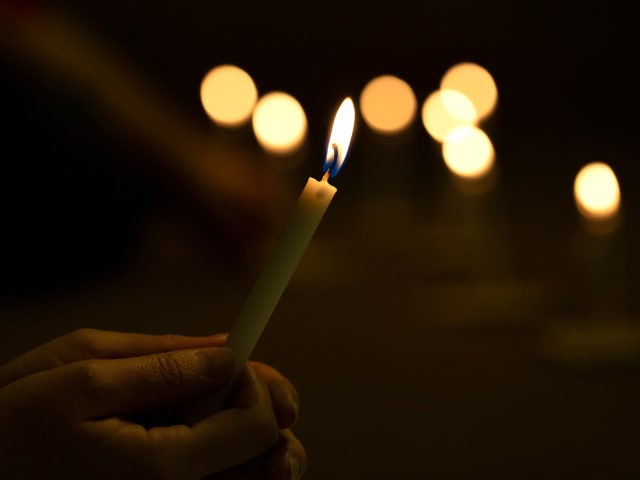An English church will create an “educational area” for the former slave trader who became a clergyman and abolitionist, and wrote the hymn “Amazing Grace”, after the Church of England had ordered a Black Lives Matter-style review of all of its memorials for “contested heritage”.
John Newton was an eighteenth-century former slave ship captain and slave trade investor who went on to become ordained as a Church of England vicar in 1764, becoming avidly opposed to the slave trade, and even forging a friendship with the well-known British abolitionist William Wilberforce. It was while leading his flock at the church of St Peter and St Paul in Olney that he penned what came to be known as the hymn, “Amazing Grace”.
Despite his conversion and rejection of slavery, the brass plaque from Newton’s coffin on display in the Buckinghamshire church had been identified, according to The Times, to be an example of “contested heritage” — memorials on Church of England property which could be accused of having links to slavery or colonialism, and thus provoking upset or offence — that the Anglican authorities demanded be subject to a Black Lives Matter-style memorial review, and be either contextualised, altered, moved, or removed entirely.
The newspaper of record reported on Sunday that the church had applied to remove four rows of pews to create an “educational area” for Newton and his brass plate, stating that while it would be celebrating the clergyman’s life and work, it would not attempt to “sanitise or airbrush” his earlier involvement in slavery, involvement in which Newton had later written of his bitter regret.
“The church will continue to highlight the evils of the slave trade and all that this involved. The church intends to celebrate both John Newton and his hymn Amazing Grace; but at the same time they will be sensitive to the feelings of others,” the church court wrote, according to The Times.
Church of England Begins BLM-Style Review of Thousands of Monuments for References to Slave Trade https://t.co/xTpeGHhL2O
— Breitbart London (@BreitbartLondon) May 9, 2021
Earlier this month, it was revealed that the Church of England, the mother church of the worldwide Anglican Communion, had ordered its 12,500 parishes and 42 cathedrals to review its buildings for so-called problematic memorials.
While most parishes are expected to retain the memorials and add explanatory materials detailing the person’s links to slavery or empire — similar to the government’s ‘retain and explain’ policy for monuments in the public domain — the author of the church’s woke review said that “doing nothing is not an option. There has to be engagement with this.”
Not all church memorials to those associated with slavery have been spared, however, with Bristol Cathedral removing the stained glass dedicated to philanthropist and MP Edward Colston over his links to the slave trade in June 2020, shortly after the statue of him was toppled and pushed into the harbour.
During his life, Colston had financially supported many local and national establishments, including almshouses, hospitals, schools, and supported the repair and maintenance of seven Bristol churches — and the city’s cathedral.
Statue Torn Down in Bristol to Go on Display in Museum, Still Covered in Graffiti, with Garbage and BLM Posters https://t.co/vKe5Z7X7sw
— Breitbart London (@BreitbartLondon) May 29, 2021

COMMENTS
Please let us know if you're having issues with commenting.